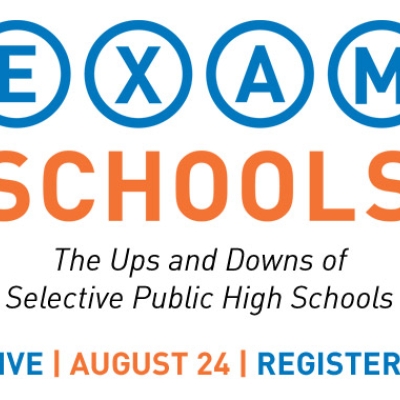Staffing Design: The Missing Key to Teacher Quality 2.0, and the exemplar programs its authors highlight are worth a look. As part of the AEI Teacher Quality 2.0 series, authors Bryan Hassel, Emily Ayscue Hassel, and Sharon Kebschull Barrett examine many of the HR policies offered by both the status-quo and reform camps and find both lacking. Each side makes important points, argue the authors, but their oft-proposed solutions aren’t going to make much of a dent if we maintain our current education-delivery model.
In the first two pages, the authors rip apart arguments others have spent years carefully constructing: Teacher pay may be too low but, they counter, across-the-board raises are impossibly expensive for even profligate spenders ($3.2 billion per year for just a $1,000 per teacher raise according to their calculations). Professional development is important, but won’t do much good when teachers have so little adult interaction and feedback. Of course we want able, motivated individuals to enter the profession, but they leave quickly when they find no ability to advance professionally as they could and would in other lines of work.
Reformers understandably yearn to replace ineffective teachers with instructional superstars, but “if the nation succeeded in attracting 50,000 more new teachers each year who ended up as effective as today’s top 25 percent; tripled the dismissal rate of ineffective teachers; and doubled the retention rate of excellent teachers, even after five years, the number of classrooms with excellent teachers in charge would rise from 25 percent to just 40 percent.” Yes, these reforms are vital elements of a larger conversation, but they’re impractical, unworkable, and even downright counterproductive if we aren’t willing to make other big changes, too.
The paper then offers up several alternative staffing models that have in common a reduction in the number of teachers who, in today’s standard model, are chiefly responsible for two dozen or so students at a time. Unions would prefer we add more adults in order to lighten the load on individual teachers. But since 1970, according a Heritage Foundation analysis, the number of staff in our schools has increased 84 percent, while the number of students only increased 7.8 percent.
Instead, teachers should be responsible for more students or more classrooms, or we should employ technology or junior-level staff to free up expert teachers’ time to do what they do best. Specifically, the paper calls for giving top teachers more students or oversight over multiple classrooms, allowing those in the primary grades to specialize by subject, employ blended learning, or even teach remotely. Touchstone charter schools in New Jersey, for example, created a teacher career ladder by allowing "master teachers" to oversee and support other teachers as well as students who are learning at their own pace.
The exciting thing about these proposals is that they create opportunities for many more pupils to be taught by higher-quality, better-paid teachers using the same dollars we already spend. Moreover, this model would be good for teachers and their profession by elevating the work of experienced educators and attracting highly motivated talent with the promise of higher pay, more rewarding work, and the ability to be promoted into different and more fulfilling roles without having to leave the classroom.
There would certainly be resistance, for each of these models questions fundamental assumptions about the way our schools have “always” been—but also reminds reformers that their pet remedies might not always be as bold or effectual as they seem. To work, they would also have to shift the public conversation from the union-backed and widely accepted notion that class size matters a great deal.
Many parents will likewise balk at the idea that their child may receive less attention from a full-fledged teacher and more from other adults, especially if their children already have—or parents think they have—effective teachers. And the definition of "effective" matters greatly, as opinion surveys seem to indicate the public thinks the overwhelming majority of teachers are effective. The AEI paper lists other barriers, from licensure to new evaluations, that will surely need to be addressed if any of the exemplar programs discussed in the report—such as Rocketship; Touchstone charter schools; and Project L.I.F.T. in Charlotte, North Carolina—begin to replicate.
Any reform brings tradeoffs. Here the potential upside—more students taught by outstanding instructors—is hard to ignore, and reformers need to carefully watch the progress of these pioneering programs. Ultimately, though, these ideas certainly qualify as “Teacher Quality 2.0.”
